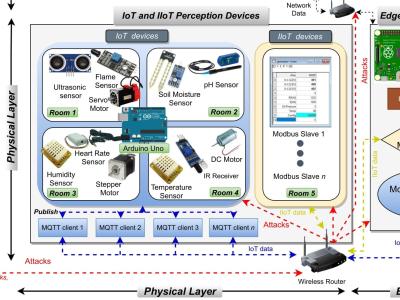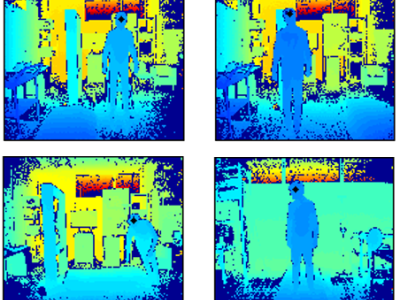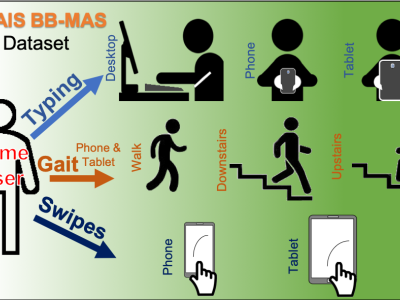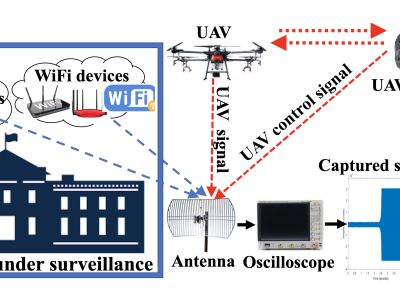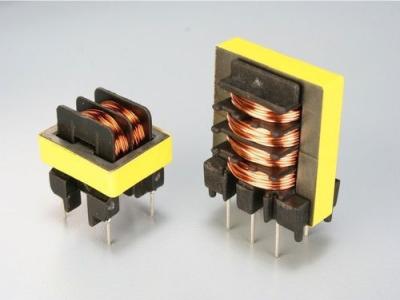Ultrasonic Transit Time Measurement Based on Frequency Doubling Technique

- Citation Author(s):
-
Yining Gao
- Submitted by:
- Yining Gao
- Last updated:
- DOI:
- 10.21227/zg17-wd69
 8 views
8 views
- Categories:
- Keywords:
Abstract
Ultrasonic gas flowmeters are widely adopted in industrial applications due to their advantageous features, such as zero pressure loss and easy installation. However, the conventional threshold detection method, despite its real-time performance, suffers from degraded accuracy caused by circuit and pipeline noise, which introduces fluctuations in echo signal amplitude and phase. This paper theoretically demonstrates that doubling the ultrasonic signal frequency steepens the rising edge slope of the echo signal, reducing the time interval during which random noise affects comparator output. Experimental results validate that the proposed technique achieves a 29.23% reduction in the mean measurement error of transit time compared to traditional methods, particularly showing pronounced improvements in low-flow scenarios.
Instructions:
This is transit time data for an ultrasonic gas flowmeter measured using the threshold method.
The first number in each document entry indicates the corresponding reference flow rate (in m³/h), the second number (1 or 2) denotes downstream and upstream flow directions, and "bp" denotes the time-of-flight (Tof) measured using the frequency-doubled signal.
The first three numbers within each entry represent the times of the first, second, and third zero-crossing points after feature point triggering, respectively; the fourth number indicates the upstream/downstream transducer (upstream or downstream) in the pipeline.
The experimental environment parameters are: temperature 18.9°C, pressure 101.3 kPa, pipe diameter 100 mm, and the fluid is air.


